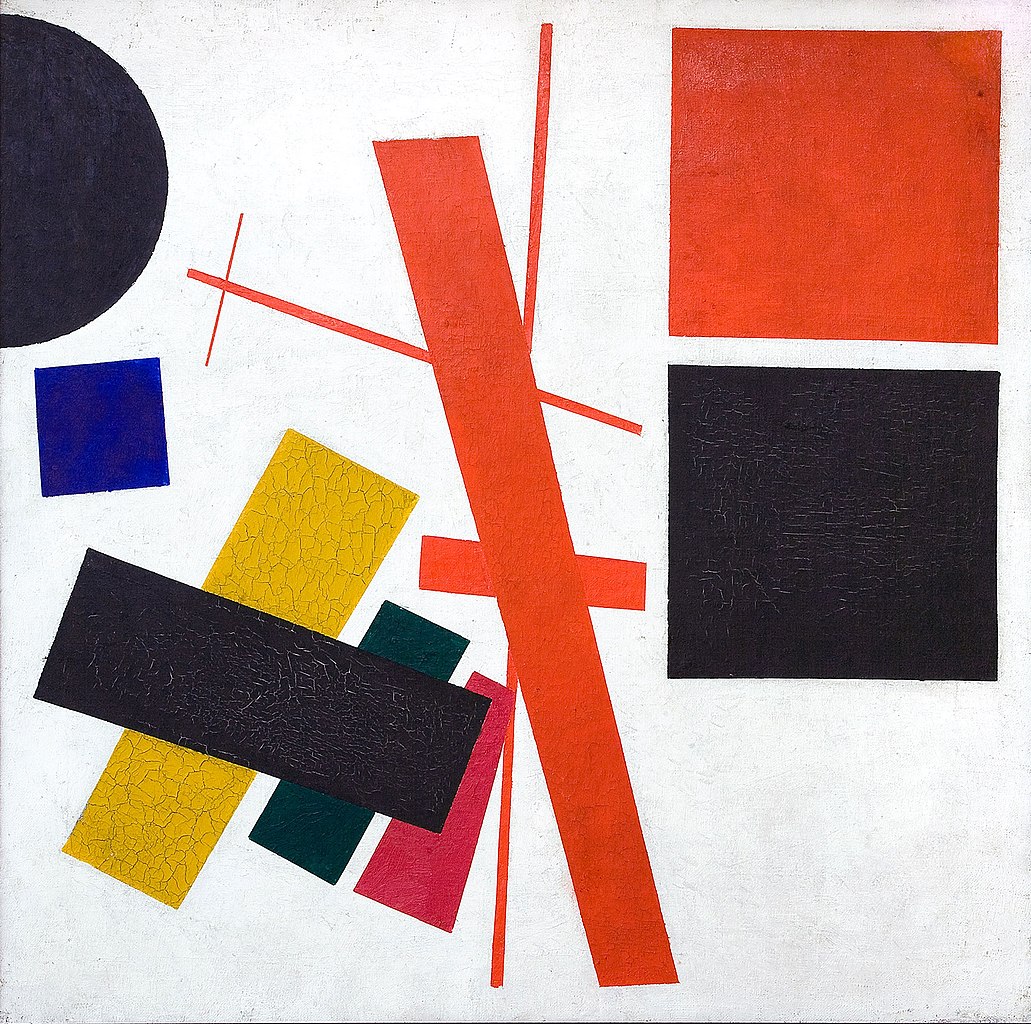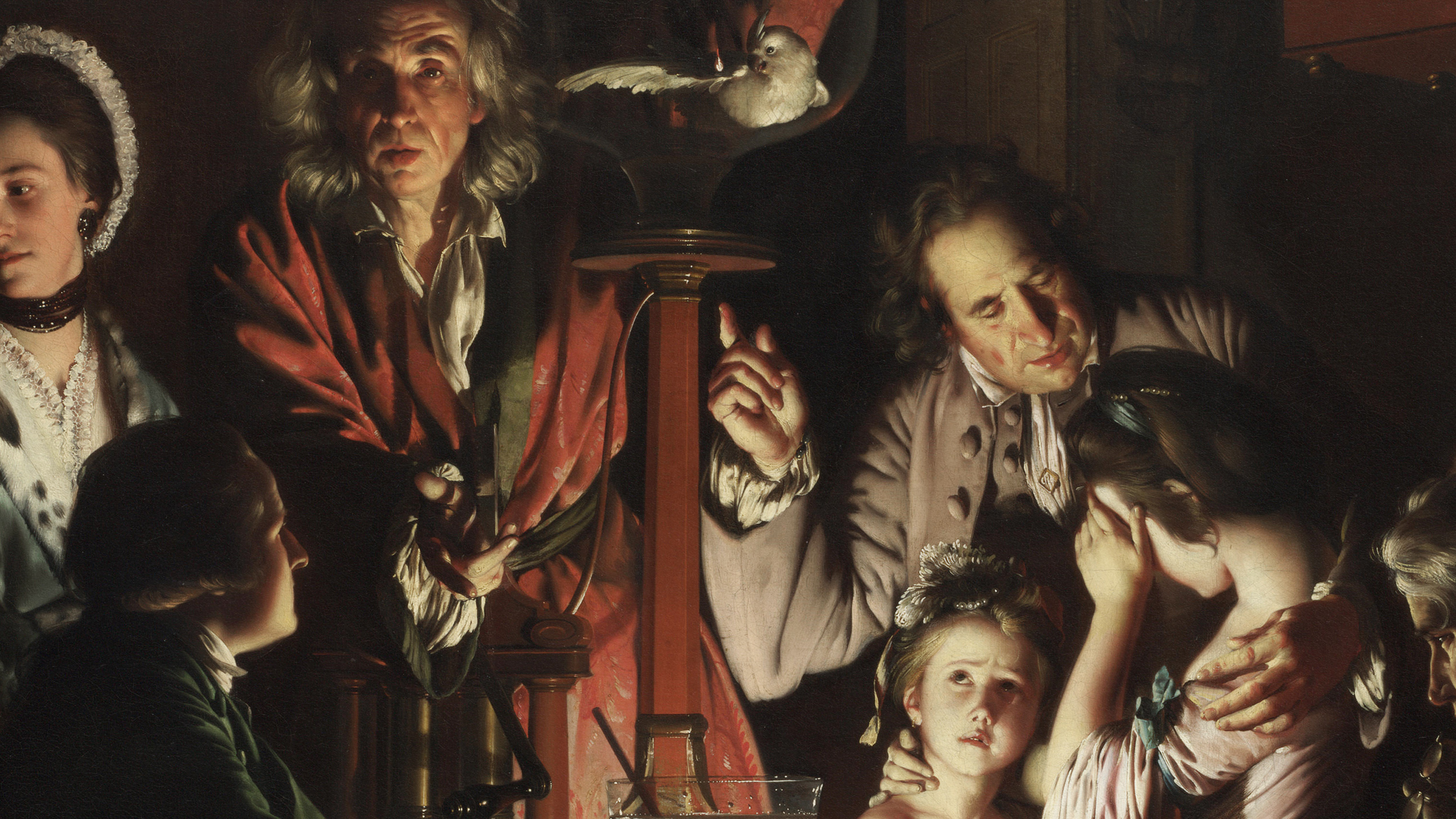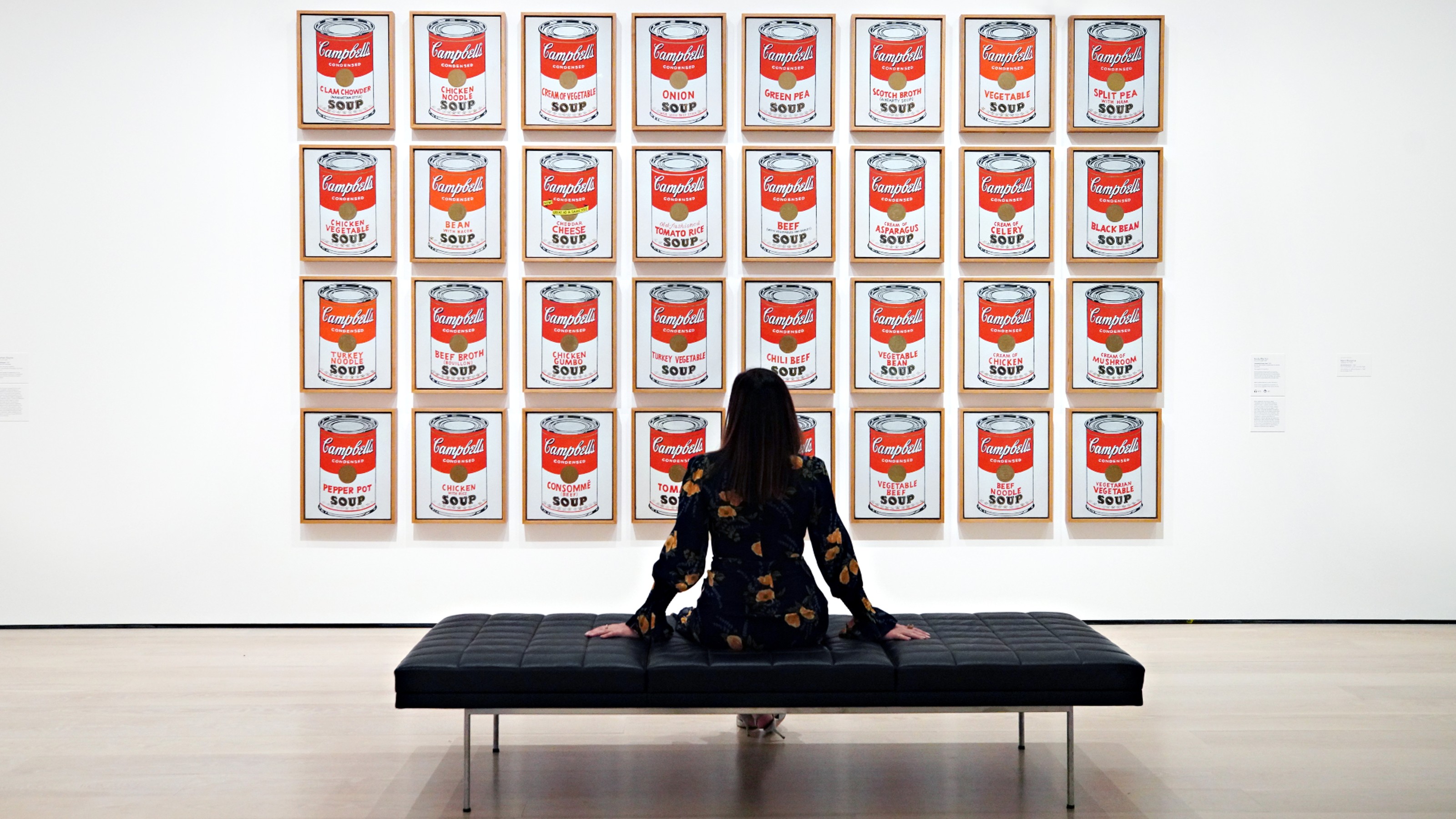How and why stolen Ukrainian art ends up on the black market
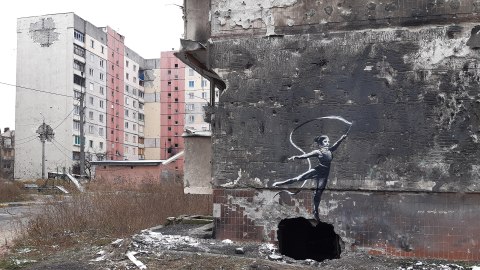
- Thousands of artworks and artifacts have gone missing since the invasion of Ukraine.
- Many of these artworks were taken to Russia, while others have ended up on the black market.
- In order to weaken the black market, authorities must punish buyers as harshly as sellers.
Last December, Ukrainian police officers arrested eight men who had tried to steal a mural by the anonymous graffiti artist Banksy. Banksy had painted the mural — depicting a woman in a bathrobe with a gas mask holding a fire extinguisher — on a damaged building in Hostomel, a Kyiv suburb that was hit hard when Russia invaded the country in February 2022.
When news of the attempted theft broke, various murals in Bansky’s native England were covered up with plastic sheets to protect them from vandalism — a cautious though in all likelihood unnecessary measure considering that the UK, unlike Ukraine, is not a lawless war zone.
Art as a casualty of war
The destruction or disappearance of art increases dramatically in times of war. Recent conflicts in Iraq, Libya, and Syria have led to the disappearance of innumerable artifacts. During the Second World War, the Nazis pillaged an estimated 20% of all European artwork. Some 600,000 pieces were taken from Jewish owners — a calculated attempt to erase their culture and history. Works of art that reflected Adolf Hitler’s ideology were taken back to Germany, to be placed in the planned but never constructed Führermuseum, while those that did not were destroyed without a second thought.
Despite efforts from government agencies and private art detectives, thousands of artifacts stolen by the Nazis have yet to be recovered. The same, it seems, will be true for Ukraine. The country’s National Resistance Center reports that, when Russian forces retreated from Kherson in November, they plundered over 15,000 exhibits from dozens of institutions, including the Oleksiy Shovkunenko Kherson Art Museum. A spokesperson from the museum said that the Russians stole “everything they saw, everything they could reach.” They were not exaggerating. News outlets have announced the disappearance of everything from ancient Scythian and Sarmatian gold to the bones of Prince Potemkin, a close friend of Russian empress Catherine the Great.
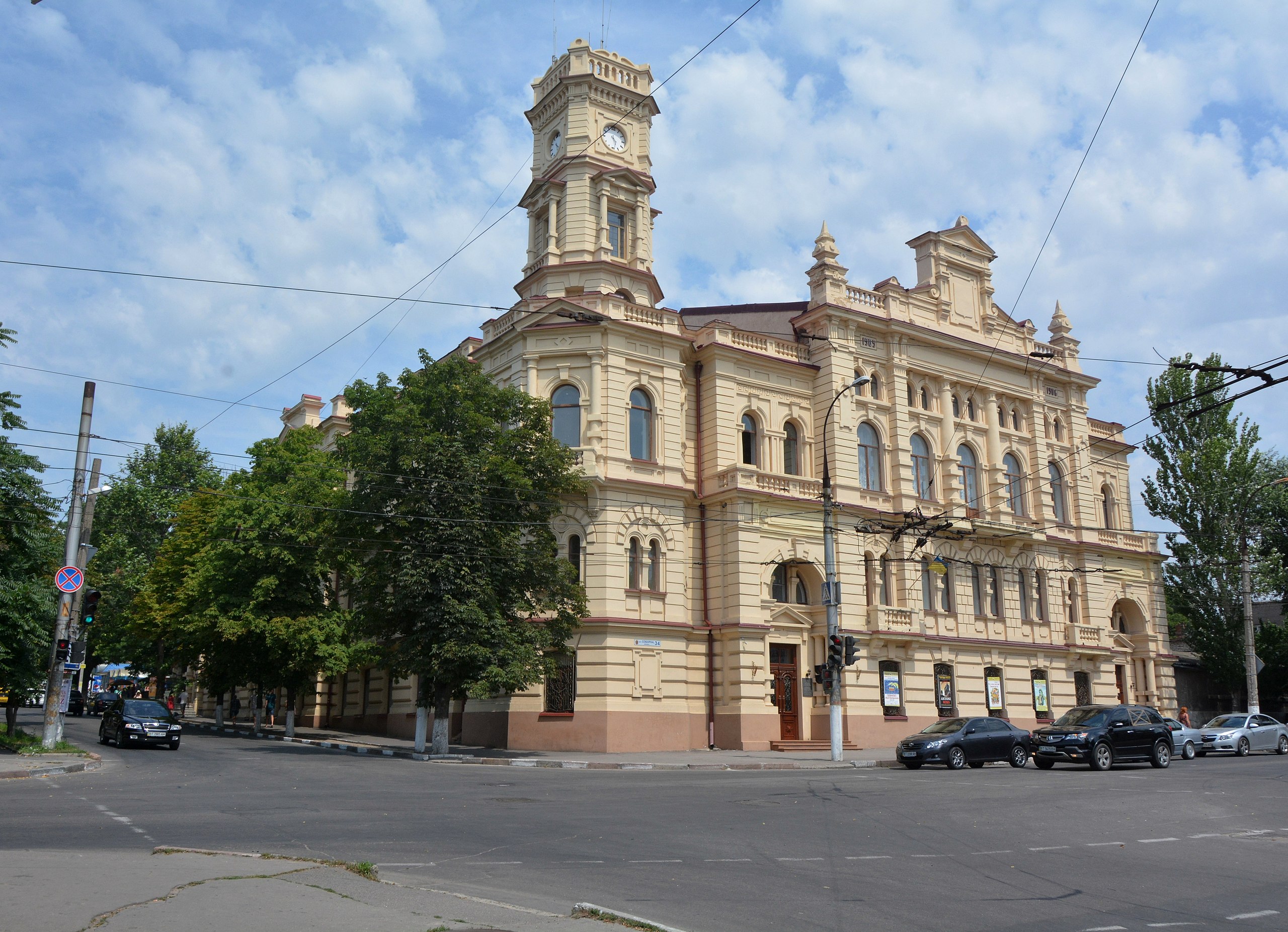
Russian looters are driven by the same motivation as their Nazi counterparts. By taking the bones of Prince Potemkin, for instance, Russia is undermining Ukrainian sovereignty and claiming its cultural heritage as its own. As Taras Voznyak, director of the Lviv National Art Gallery, told The Art Newspaper, “Putin knows that without art, without our history, Ukraine will have a weaker identity.”
Russia has been trying to steal Ukrainian artifacts long before the 2022 invasion. When its forces annexed Crimea in 2014, various museums from the region had lent Scythian gold to the Allard Pierson Museum in Amsterdam. When the time came to return the gold, Allard Pierson was unsure whether to ship the borrowed items to occupied Crimea, or unoccupied Kyiv. A lengthy legal battle ensued. To this reporter’s knowledge, a Dutch court finally decided, in late 2021, that the gold should be returned to Kyiv. What happened to the artifacts following Russia’s invasion is unclear, though (as mentioned above) pieces of Scythian gold were reportedly confiscated from other regions of the country.
It should be noted that, in war zones, not all art is looted by the aggressors. “In fact,” Amr Al-Azm, a professor of Middle Eastern history and anthropology at Shawnee State University in Ohio, tells UNESCO, “most looting is carried out by locals in the area who have lost their livelihoods because of these conflicts, and turn to looting to survive. Terrorist groups are only one element of the different entities that exploit these ongoing conflicts.”
It appears that the looters who were arrested for attempting to steal the Banksy mural were Ukrainian citizens. When Banksy learned that vandals were selling pieces of their artwork on eBay, they understandably weren’t all that happy about it. “I give you art,” they said in an Instagram story, “and this is how you repay me.” Responses to the story reflect the complexity of the situation. “You mean poor people of Ukraine that are trying to make ends meet to survive?” one person comments. “Poverty is no excuse for crime,” another counters.
Ukraine’s black market
When people are not stealing art to destroy somebody’s heritage, they are doing it for financial gain. This is why a sizeable chunk of stolen art eventually ends up on the black market. At one point, the Prosecutor General’s Office of Ukraine obtained over 6,000 antiques that had been looted from Crimean institutions. The antiques, which included Scythian daggers and Trypillian pottery, were tied up in a money laundering scheme run by Russian-backed separatists in Donetsk.
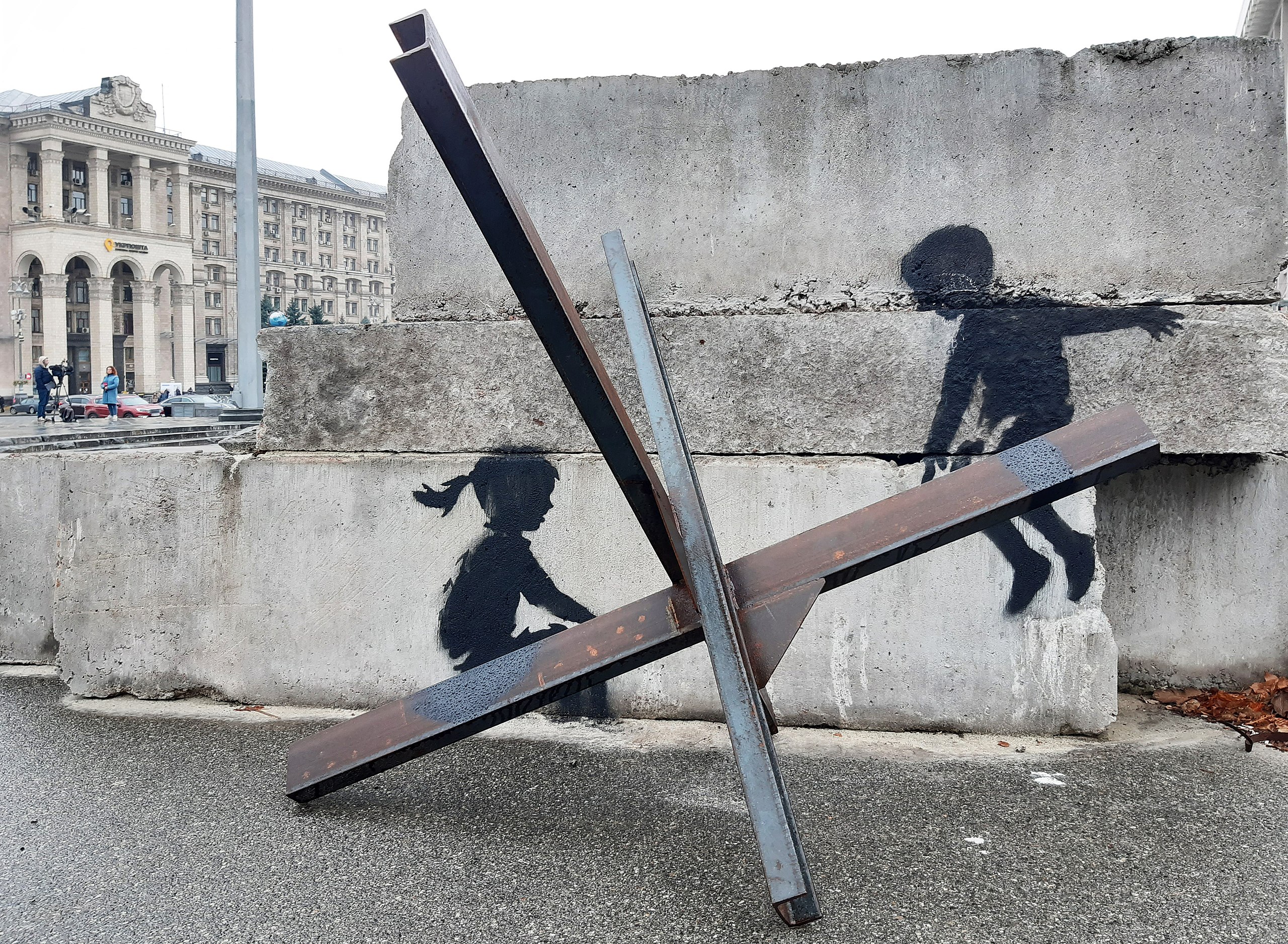
More stolen artwork has been discovered by the Warsaw-based British archaeologist Paul Barford, who stumbled upon an eBay user selling Khazar antiques from European Russia, which originally may have belonged to Ukraine. “We know people in Russia have been buying stuff that was looted in Ukraine,” Andrew Hardy, a cultural property criminologist in Rome who shared Bradford’s find, told The Art Newspaper. “Some people in Russia have trading networks that flow west,” to Austria, Spain, and even the UK.
How to stop art theft
Just as the Ukrainian government is investing money and resources into its military, so too is it investing in the protection and reclamation of artwork. With help from Interpol, the International Council of Museums has provided customs officers with an emergency Red List. This list, which was compiled by museum workers throughout the country, helps law enforcement recognize missing artifacts when they are moved across national borders by traffickers.
And yet, despite these measures, stolen artwork still ends up on the black market. What else can be done to prevent this from happening? UNESCO has argued that people who buy from the black market should be punished as severely as the people that loot and traffic them. While the latter are fiercely prosecuted, the former typically get off with a warning. At best, they are ordered to return the object to its rightful owner. At worst, they also have to pay a fine. Stronger penalties, the argument goes, would discourage buyers from buying, causing the black market to collapse.
Aside from stronger penalties, there must be a change in mindset. At the moment, the art world is more concerned with making money than it is with protecting human heritage. When Christie’s auctioned off the head of Egyptian pharaoh Tutankhamun in 2019, everyone knew the artifact had been looted. They knew, but they did not care. What they did care about was when it had been looted. Specifically, whether it had been looted before or after 1970 — the year UNESCO introduced agreements for the sale of cultural property. As Laetitia Kaci declares on the organization’s website:
“As long as there are no fundamental changes in our society, looted antiquities, whether from war-torn countries or elsewhere, will continue to feed the art market. To what extent are auction houses, museums, and collectors responsible for illicit trafficking? Basically, I believe trafficking is like a bridge with two ends — there is supply and demand. On the supply end are the looters on the ground, who feed the network. On the other side are the buyers, both legitimate and illegitimate, who create the demand. We need to crack down on both sides to seriously tackle this problem. If only one side is addressed, the authorities will fail.”

